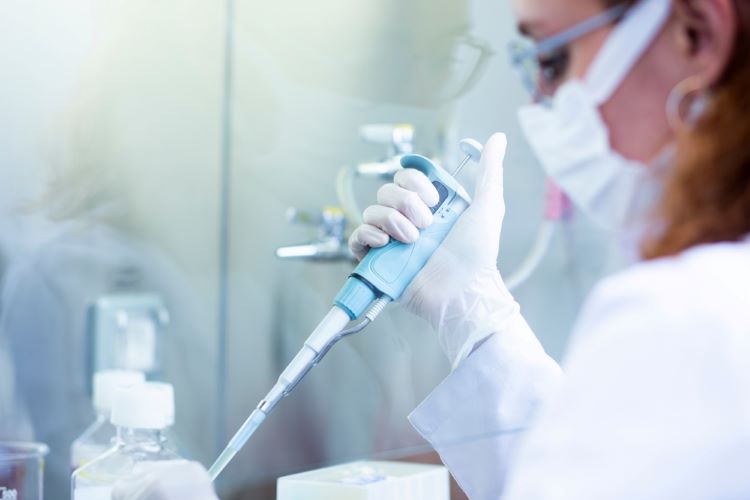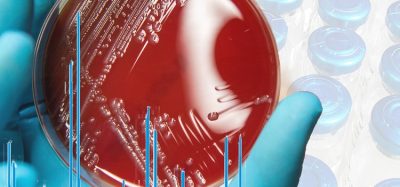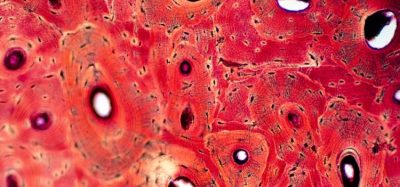Researchers propose novel test for pyrogen detection
Posted: 22 March 2024 | Catherine Eckford (European Pharmaceutical Review) | No comments yet
An alternative in vitro pyrogen detection test using transfected THP-1 cells detected endotoxin and nonendotoxin pyrogens with good sensitivity, stability and predictability, a study shows.


A paper published in Signal Transduction and Targeted Therapy has described how the central signalling molecule NF-κB can be used as a pyrogen marker for pyrogen detection.
The researchers “constructed the transgenic human monocyte line THP-1 stably transfected with a luciferase reporter gene vector containing the DNA response element of NF-κB”.
This was used as an “in vitro model to detect pyrogens by measuring the intensity of a fluorescence signal”, the authors wrote.
Benefits of the alternative pyrogen detection test
In the paper, benefits of the test were highlighted. These included: “good precision, accuracy, reproducibility, sensitivity and specificity, of which the stability and predictability were comparable to current MATs (fresh or cryopreserved WB—IL-6/IL-1β, MM6—IL-6 tests)”.
Specifically, the authors explained that the novel pyrogen test can “quantitatively and sensitively detect endotoxin (lipopolysaccharide from different strains) and nonendotoxin (lipoteichoic acid, zymosan, peptidoglycan, lectin and glucan), has good stability in terms of NF-κB activity and cell phenotypes at 39 cell passages and can be applied to detect pyrogens in biologicals”.
A variety of biological products, including group A and C meningococcal polysaccharide vaccine and monoclonal antibody (basiliximab), were selected to demonstrate this ability. The paper highlighted that “the recovery of [lipopolysaccharide] LPS spikes in biologicals” demonstrated that method could have “wide applicability”.
Study method and further results
To establish an easy-to-use in vitro model, the team worked to select an optimal THP-1_NF-κB_luc_cell subclone that was sensitive to endotoxin. According to the paper, the NF-κB activity of subclone 2D5 “had a relatively good dose-dependent response to LPS”, therefore subclone 2D5 was selected to establish the test.
The in vitro pyrogen detection test took “1.5–2 hours to operate” and was easy to perform and standardise”
The in vitro pyrogen detection test took “1.5–2 hours to operate” and was easy to perform and standardise. One experimenter prepared the cells and tested samples, the authors explained.
Based on the study data, “the sensitivity (true positive rate) and specificity (true negative rate) of the test were 89.9 percent and 90.9 percent, respectively”.
In conclusion, the test used in the study by He et al. “provides a novel alternative for pyrogen detection”, especially with the industry seeking to “completely replace the in vivo rabbit pyrogen test by using the in vitro pyrogen test”.









